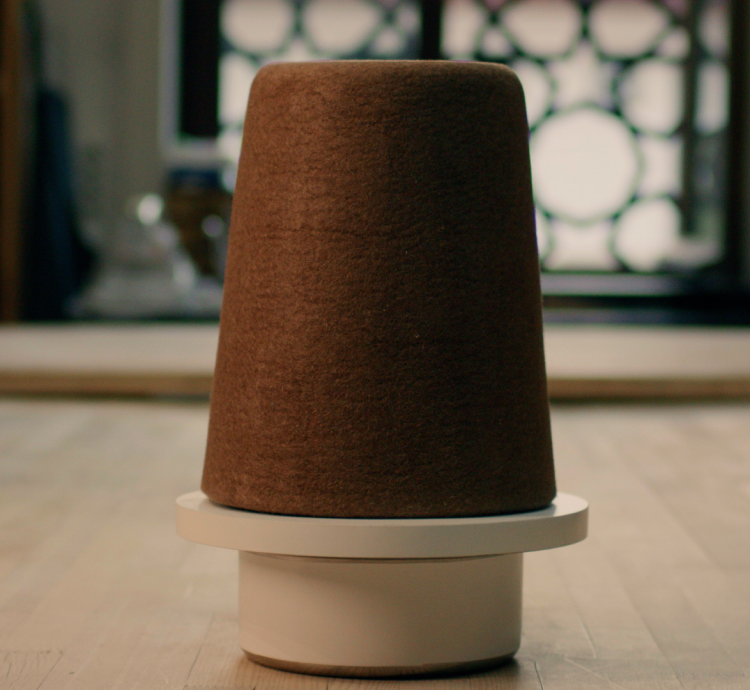
Felt is a type of non-woven fabric that is formed by generally matting wool from animal fibers, under heat, humidity, and pressure with the help of soap and oil. Felt making is the conversion of felt into a product by using this method. Felt was used extensively by the nomads in Central Asia in their daily life, and today it is produced in the same processes by blending traditional and contemporary production techniques. In addition to products such as various mats, headgears, and clothing, three-dimensional objects can also be made from felt.
Watch the documentary about felt making Learn more about felt makingIn the craft of inlaying, mother-of-pearl, ivory, bone, tortoise shell, ebony or gold-silver wires are set into the recesses that are carved on wood, metal, or stone according to the pattern drawn. Various types and colors of wood can also be used in inlaying works. This craft is also known as "mother-of-pearl inlaid" because of the common use of mother-of-pearl on wood.
Watch the documentary about inlaying Learn more about inlaying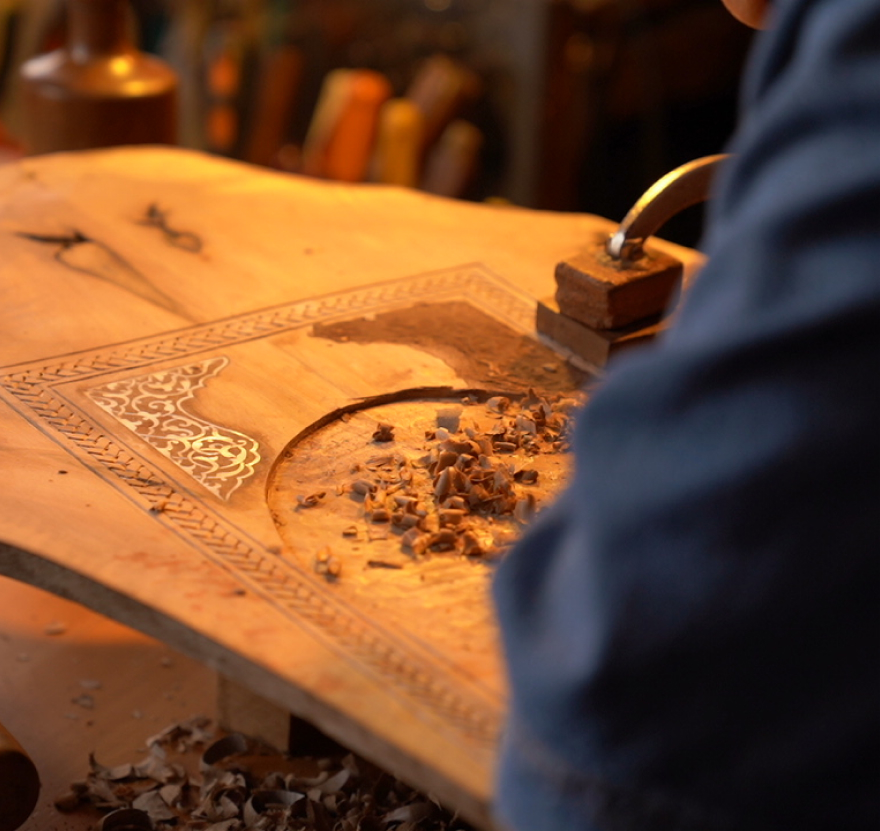
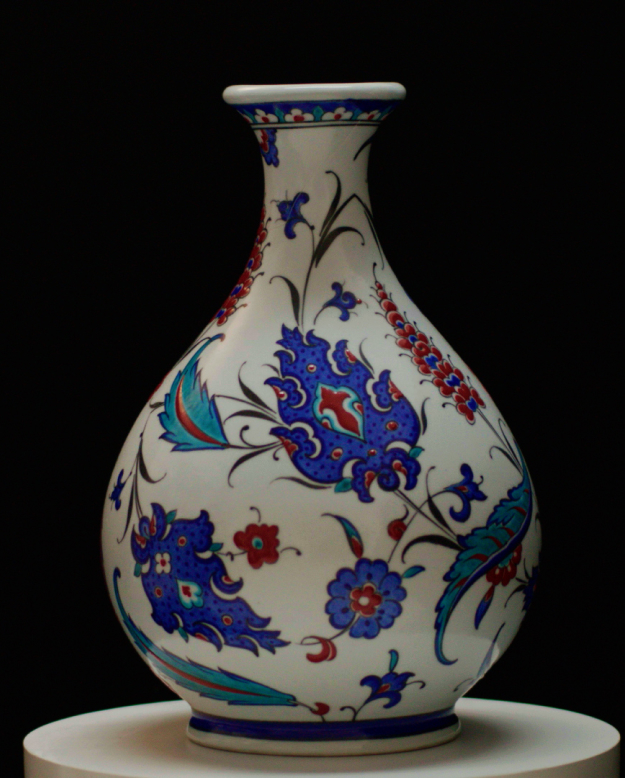
Known as Iznik style ceramics, after a settlement in Western Anatolia, these tiles and objects are distinguished from other traditional ceramics produced in Anatolia and stand out with their quartz ratios, durability and pattern programs. From the past to the present, it is seen that Iznik style ceramics have started to be crafted in Kütahya, another Anatolian ceramics center. Iznik ceramics has shown continuity by transferring production techniques and designs with master-apprentice relationships for centuries. In this technique, ceramic dough shaped on the potter's wheel is undercoated and kiln-dried, then it is decorated with a brush. When the paint dries, it is glazed and fired once more. This method is the most widely used "underglaze” technique. Iznik underglazed ceramics are unique with their structure, durability and aesthetic qualities.
Watch the documentary about Iznik style ceramics Learn more about Iznik style ceramicsQuilting is one of the important reflections of folk culture which gained an aesthetic identity by ascribing various meanings to its utility function in time. The quilt is essentially a sleeping artefact that has domestic quality in Anatolian-Turkish culture. It is the basic item in the dowry of the bride in marriages. It is a unique folkloric object with its filling made of wool for winter and cotton for summer, its surface made of colorful satin fabric, and its pattern designs applied with sewing skills. Although it is still crafted in its original form, it also allows for different designs and uses today.
Watch the documentary about quilting Learn more about quilting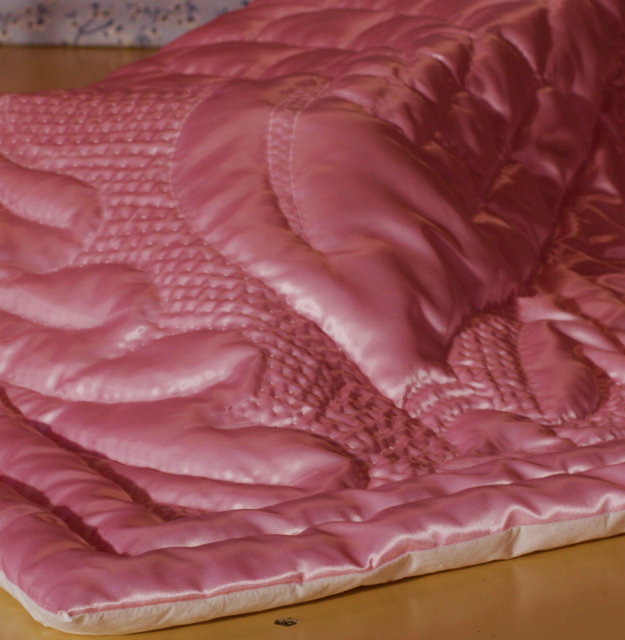
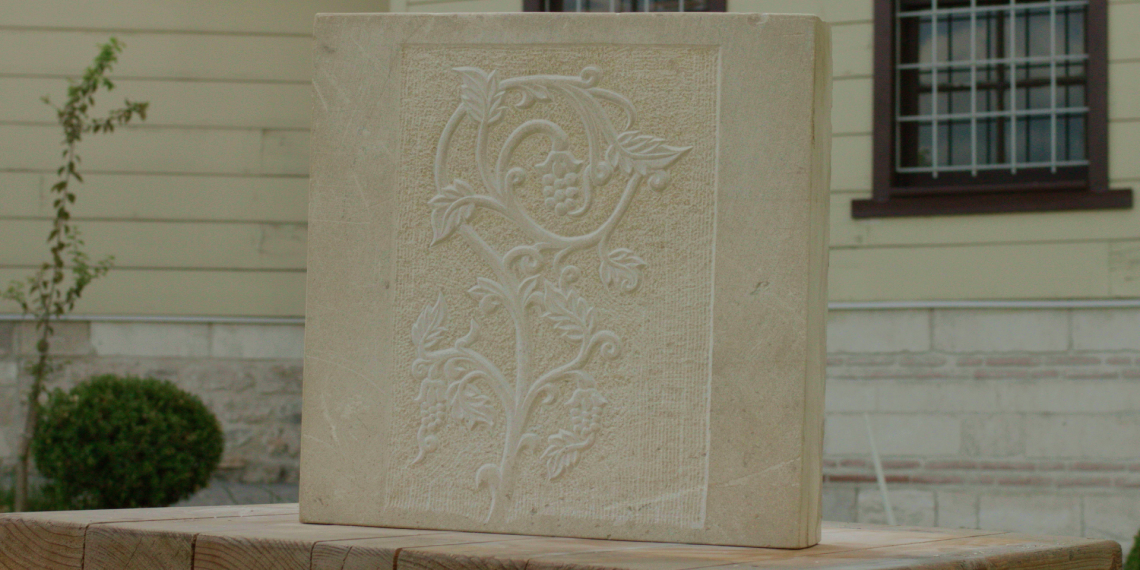
Stonework is a craft in which natural stones are shaped using techniques such as carving, relief, and engraving. Stone carving was a popular craft in Anatolian-Turkish art and architecture, and has been used both in interior and exterior decoration as well as building construction through the ages. Kufeki and marble are the most commonly used stone types and the craft is still widely practiced today.
Watch the documentary about stone carving Learn more about stone carving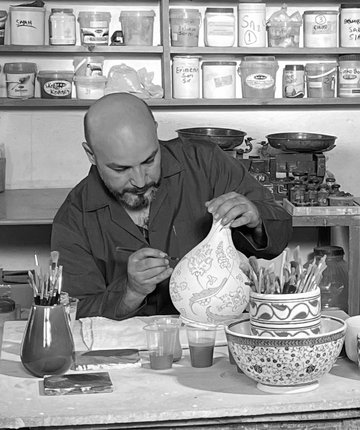
Ceramics (Iznik Style)
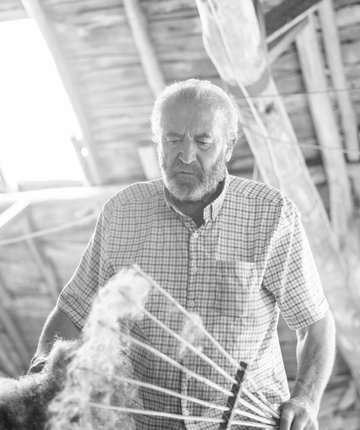
Felt Making
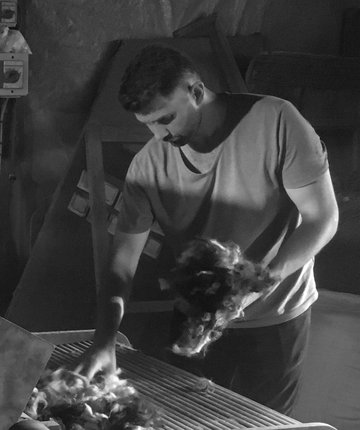
Felt Making
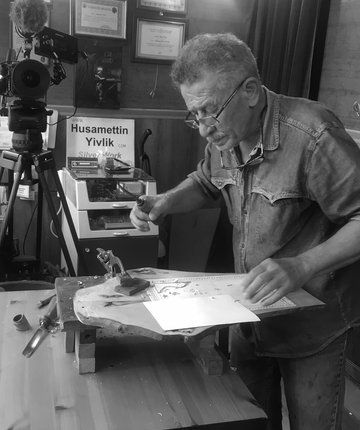
Inlaying
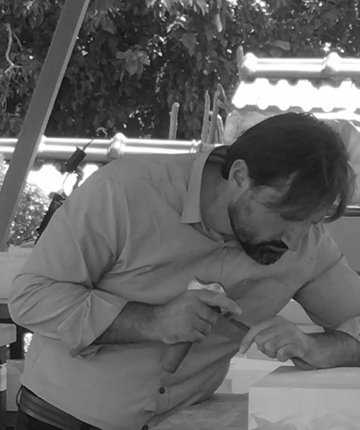
Stone Carving
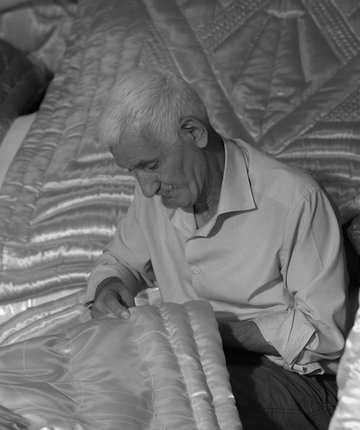
Quilting
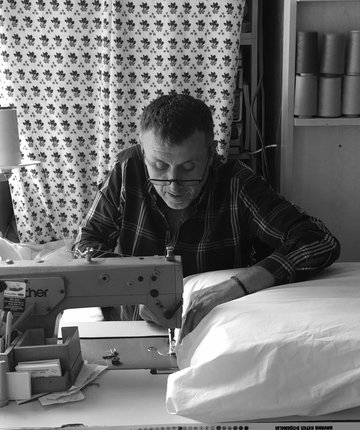
Quilting
